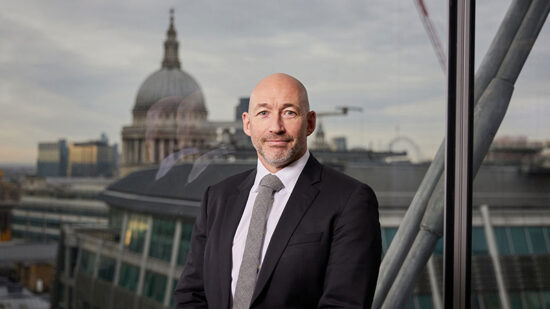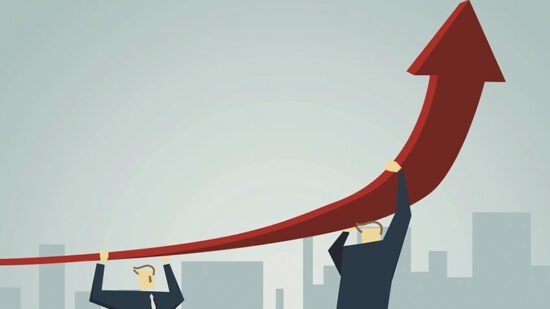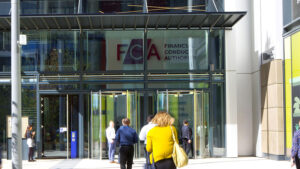It’s inevitable that the largest (for now) economy in the world has its say on all things from the eurozone recovery to Japanese exports and the long-term fate of the emerging markets. When the Commerce Department talks, the world listens.
So this has proved to be the case this week with the release of the
US GDP figures for Q2, up by 4% on an annual basis, a better result than many analysts had previously predicted. That the Q1 setback had also been re-estimated down to -2.1% from -2.9% has given economists even more cause for merriment.
Revival in fortunes
“Strong figures for the service sector combined with resurgent consumer confidence and improving manufacturing all hinted at a revival in fortunes, and the second quarter reading has delivered in spades,” says Nancy Curtin, CIO at Close Brothers.
She adds: “It’s clear that growth in the US has stepped up a level, and we expect to see this continue throughout Q3.”
The question is should this impact the Fed’s willingness to raise interest rates, and ultimately what impact could this have on equity markets?
For Gautam Batra, investment strategist at Signia Wealth, with the US economy starting to “build up stream” it will mean Fed chairwoman Janet Yellen will face greater scrutiny about her dovish stance.
“The central bank’s credibility is starting to wear thin,” he asserts.
“Strong growth and a Fed dragging its heels on monetary policy could not negatively impact the outlook for US asset markets and hence the dollar.”
No hurry
Despite the Fed’s indications yesterday that it is in no hurry to act, expectation remains.
Still even if rates were to rise, would it really make much of a dent in the US markets, which many commentators believe are looking close to their peak anyway? So far this year, the S&P 500 has climbed 5%, though over five years the growth is 110%.
“In periods during the last 50 years when interest rates have remained low for a long time, the first hike has been followed by an average 7% decline in US equities,” points out James Butterfill, global equity strategist at Coutts.
“Over these periods, equities suffered 15-20 weeks of weakness in anticipation of rate rises, and took a full year to recover from the event as markets assessed whether the removal of stimulus was correctly timed.”
We’ll have to wait a bit longer to see if this will again be the case in the US – and its contagion effect globally – though, as with the games, all eyes will be on the results for the sake of our common wealth.







